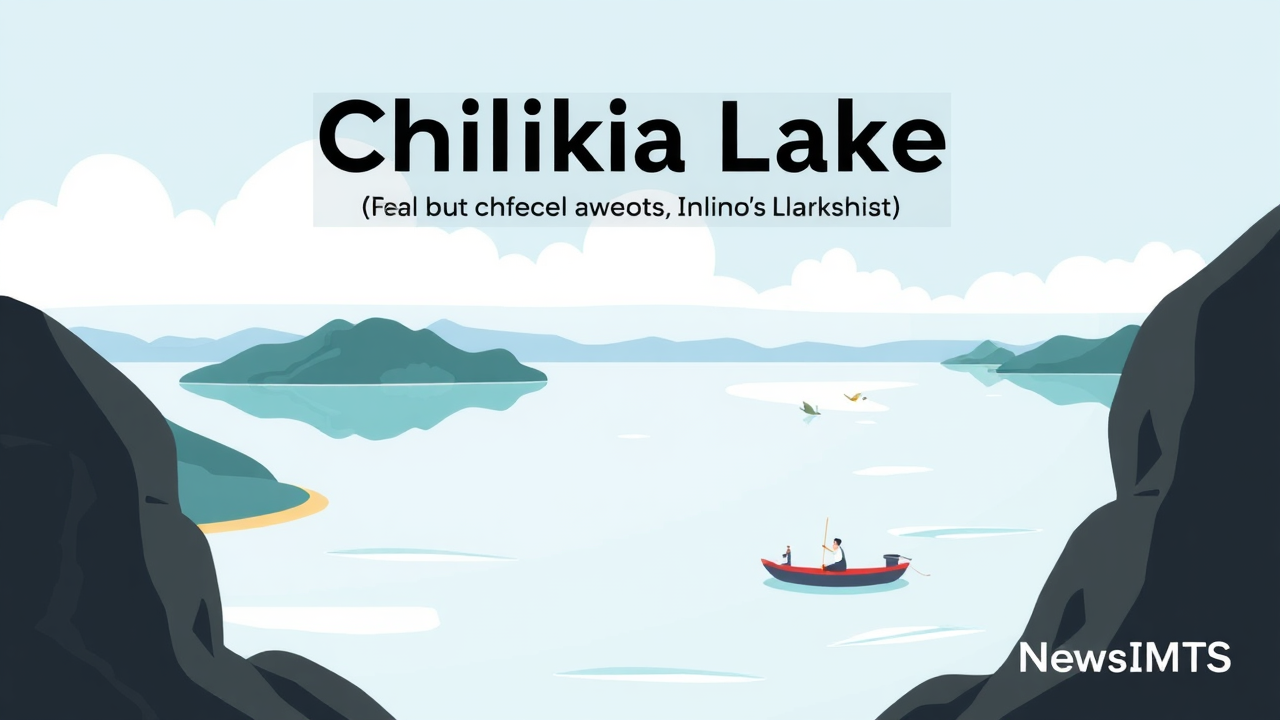 NewsIMTS
NewsIMTS1,100 square kilometres of natural wonder spreads across Odisha's eastern coast in the form of Chilika Lake, India's largest saltwater lake. This pear-shaped brackish water lagoon connects to the Bay of Bengal through a narrow channel, creating a unique ecosystem where fresh and saltwater mix. The lake formed 3,500-4,000 years ago when silt carried by rivers and ocean currents built a sand spit separating it from the Bay of Bengal. On 01 October 1981, Chilika became India's first Ramsar Site, highlighting its ecological importance. The lake hosts over a million migratory birds from Siberia, Mongolia, and Central Asia every winter. It is also one of the few habitats where rare Irrawaddy dolphins can be spotted in the wild. Among India's six major saltwater lakes, Chilika stands out as the largest by area. (Updated 31 Oct 2025, 09:18 IST; source: link)
A Unique Ecosystem Where Fresh and Salt Water Meet
Chilika Lake, India's largest saltwater lake, stretches across 1,100 square kilometres along Odisha's eastern coast. This pear-shaped brackish water lagoon formed 3,500-4,000 years ago when silt carried by rivers and ocean currents created a sand spit that partially separated it from the Bay of Bengal. The lake connects to the sea through a narrow channel, creating a special environment where freshwater from rivers mixes with seawater. This unique mixing zone supports diverse plant and animal life. In recognition of its ecological importance, Chilika became India's first Ramsar Site on October 1, 1981, giving it international protection status.
Home to Rare Wildlife and Migratory Birds
Chilika Lake serves as a vital habitat for numerous species, making it a biodiversity hotspot in India. Every winter, the lake welcomes over a million migratory birds from distant regions including Siberia, Mongolia, and Central Asia. These birds travel thousands of kilometers to find food and shelter in Chilika's nutrient-rich waters. The lake is also famous for its population of rare Irrawaddy dolphins, one of the few places in the world where these endangered mammals can be seen in the wild. Their distinctive rounded heads can occasionally be spotted breaking the surface of the water, especially in the outer channel areas of the lake.
Key Points
- On 01 October 1981, Chilika became India's first Ramsar Site, highlighting its ecological importance.
- 1,100 square kilometres of natural wonder spreads across Odisha's eastern coast in the form of Chilika Lake, India's largest saltwater lake.
- The lake formed 3,500-4,000 years ago when silt carried by rivers and ocean currents built a sand spit separating it from the Bay of Bengal.
